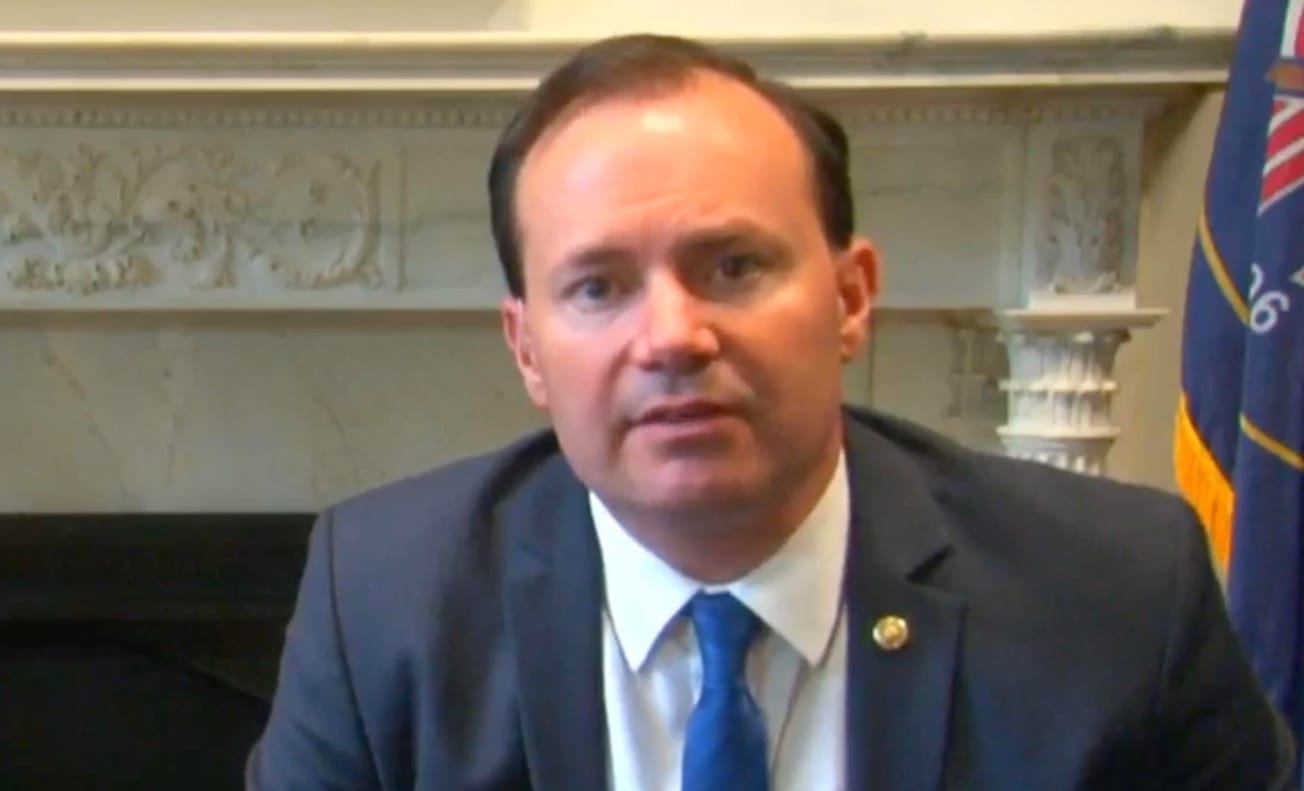Half a million renters have been evicted across the United States, despite money pledged by the U.S. Congress to help renters, less than 7% of which has been used, and the U.S. Centers for Disease Control and Prevention’s temporary extension of a moratorium on evictions, which is being challenged in the courts, which would permit households living in communities with high COVID levels to stay in their apartments and homes until Oct. 3.
The Eviction Lab tracks evictions in a circumscribed 6 states and 31 cities region. It reports that during the COVID-19 pandemic, 480,456 households were thrown out of their apartments. At 2.5 people per household, that’s 1.2 million people. But that’s one part of the U.S. The larger country may have faced three to five times that number of evictions. There were 6,100 evictions for the week ending Aug. 14, Eviction Lab reports, for the area that it covers.
The U.S. Census Bureau’s Household Pulse Survey for July 21-Aug. 2 gives a peek into what’s in store: Approximately 1.6 million U.S. households report being “very likely” to face eviction in the next two months, another 1.9 million households are “somewhat likely” to be evicted, and 5.8 million households are not confident in their ability to pay next month’s rent. But this doesn’t take into account the fact that the U.S. housing bubble is larger than in 2007-2008, which precipitated the financial-physical economic breakdown. It stands at a record of over $19 trillion in home mortgages and mortgage-backed securities instruments, which is so overinflated, that its puncture will lead to a wave of home foreclosures, which brings in its wake apartment evictions. As property values and rents rise, physical living conditions fall.
The U.S. Congress authorized $46.5 billion in funding assistance, but according to CNBC Aug. 3, only about $3 billion of that has reached households, or roughly 6.5%. There are a number of explanations offered for this, none of them good.




